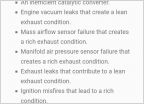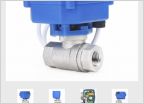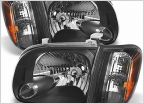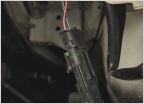-
Welcome to Tundras.com!
You are currently viewing as a guest! To get full-access, you need to register for a FREE account.
As a registered member, you’ll be able to:- Participate in all Tundra discussion topics
- Transfer over your build thread from a different forum to this one
- Communicate privately with other Tundra owners from around the world
- Post your own photos in our Members Gallery
- Access all special features of the site
So ... you wanna buy / just bought a 1st Gen Tundra, eh?
Discussion in '1st Gen Tundras (2000-2006)' started by shifty`, Nov 14, 2022.
Page 1 of 8
Page 1 of 8


 P0138 Oxygen Sensor High Voltage requires ECM replacement?
P0138 Oxygen Sensor High Voltage requires ECM replacement? Casual Observation
Casual Observation Range when towing
Range when towing 2006 Headlight replacement and radio not coming on - help
2006 Headlight replacement and radio not coming on - help Flickering fog lights
Flickering fog lights


